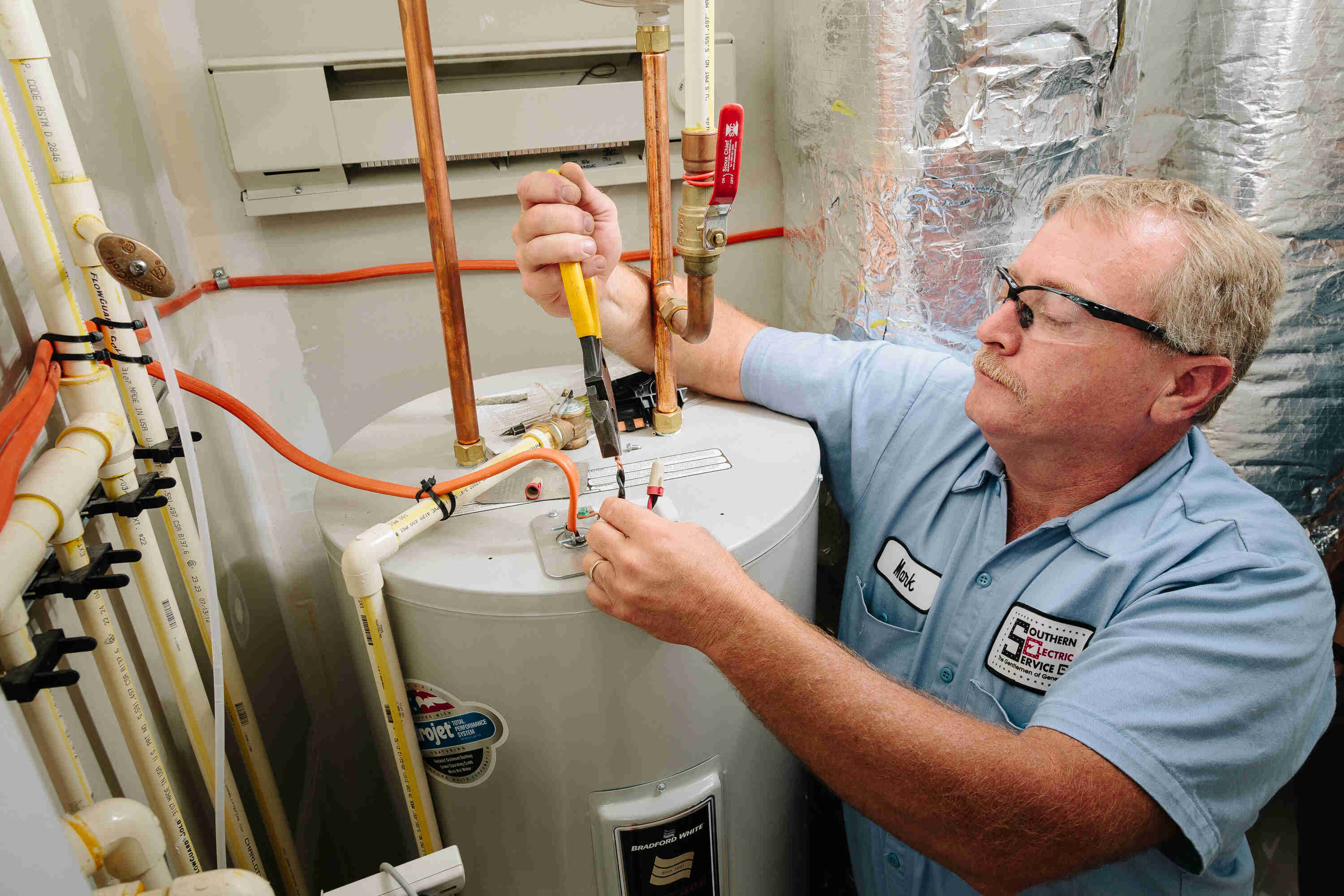Key Tips on Maintaining Your Home's Hot Water System
Key Tips on Maintaining Your Home's Hot Water System
Blog Article
We've uncovered this post involving Tips on Maintaining a Water Heater listed below on the net and accepted it made good sense to quickly share it with you over here.

Hot water is essential for everyday comfort, whether it's for a revitalizing shower or washing dishes. To guarantee your hot water system runs successfully and lasts longer, normal maintenance is key. This article offers sensible suggestions and understandings on just how to maintain your home's warm water system to stay clear of disruptions and expensive repairs.
Introduction
Preserving your home's warm water system might seem overwhelming, but with a couple of straightforward steps, you can ensure it runs efficiently for several years to find. This overview covers everything from understanding your warm water system to do it yourself upkeep pointers and understanding when to call expert aid.
Importance of Preserving Your Warm Water System
Regular upkeep not only prolongs the life-span of your hot water system however additionally ensures it operates successfully. Neglecting maintenance can bring about decreased performance, higher energy costs, and also premature failing of the system.
Indications Your Warm Water System Needs Maintenance
Understanding when your warm water system needs interest can stop significant issues. Watch out for indicators such as irregular water temperature, unusual sounds from the heating system, or rusty water.
Flushing the Water Heater
Purging your hot water heater removes sediment accumulation, enhancing performance and lengthening its life.
Checking and Replacing Anode Rods
Anode rods avoid rust inside the storage tank. Checking and replacing them when worn is important.
Complicated Concerns Requiring Specialist Assistance
Instances consist of major leaks, electrical problems, or if your hot water heater is continually underperforming.
Regular Specialist Upkeep Perks
Expert maintenance can consist of thorough examinations, tune-ups, and guaranteeing compliance with safety criteria.
Examining and Adjusting Temperature Setups
Readjusting the temperature settings ensures optimum efficiency and safety.
DIY Tips for Maintenance
You can perform several upkeep jobs on your own to maintain your warm water system in leading problem.
Checking for Leaks
Frequently inspect pipes and connections for leakages, as these can bring about water damages and greater expenses.
Comprehending Your Warm Water System
Prior to diving right into maintenance tasks, it's useful to recognize the standard components of your hot water system. Generally, this includes the water heater itself, pipes, anode rods, and temperature controls.
Monthly Maintenance Tasks
Routine regular monthly checks can help catch small concerns prior to they rise.
Examining Stress Alleviation Valves
Checking the stress safety valve ensures it operates properly and prevents extreme pressure buildup.
Insulating Pipelines
Protecting hot water pipelines minimizes heat loss and can conserve energy.
When to Call a Professional
While do it yourself maintenance is advantageous, some concerns need professional knowledge.
Conclusion
Routine maintenance of your home's warm water system is necessary for efficiency, long life, and expense savings. By adhering to these suggestions and recognizing when to seek professional assistance, you can ensure a reliable supply of hot water without unanticipated interruptions.
Water Heater Maintenance: The Basics
Maintaining your water heater will ensure it operates efficiently and has a longer lifespan. Neglecting regular maintenance can lead to costly repairs and an even bigger chunk of your savings if you have to replace it sooner than necessary. But there’s good news: Most water heater maintenance tasks are relatively simple and easy for homeowners with basic DIY skills.
Flush the Water Heater
Over time, sediment and minerals can build up in the tank, reducing its efficiency and potentially causing damage. To flush the tank, turn off the power or gas supply, attach a hose to the drain valve near the bottom and open the valve to drain the water until it runs clear. Ideally, flush the tank annually.
Replace the Anode Rod
The anode rod is a sacrificial metal rod that helps prevent corrosion inside the tank. Inspect and replace it every three to five years or per the manufacturer's recommendation. To replace the anode rod, turn off the power or gas supply, drain a few gallons of water from the tank, unscrew the old rod and replace it with a new one. If the anode rod is significantly corroded or covered in calcium buildup, it's a sign the water heater may need to be replaced soon.
Tune-Up
A yearly tune-up can help identify potential issues and ensure your water heater operates at peak efficiency. This typically involves checking the thermostat, burner assembly (for gas heaters) and any other components specified by the manufacturer. During a tune-up, the technician may also clean the burner and adjust the pilot light (for gas heaters) or examine the heating elements (for electric heaters).
How to Maintain Your Water Heater
Insulate the tank. Insulating the tank can improve energy efficiency and reduce heat loss, saving you money on energy bills. You can purchase precut insulation blankets designed specifically for water heaters or use standard fiberglass insulation wrapped securely around the tank. Check the temperature. The recommended water temperature for most households is around 120 degrees Fahrenheit (49 degrees Celsius). Higher temperatures can increase energy costs and potentially cause scalding. Use a kitchen thermometer to check the temperature at the faucet nearest the water heater. Monitor water pressure. Excessive water pressure can strain the water heater and cause leaks or even tank failure. Install a pressure-reducing valve if necessary. The ideal water pressure range is between 60 and 70 PSI (pounds per square inch). Test the temperature and pressure (T&P) relief valve. The T&P relief valve is a safety feature that releases pressure if the tank gets too hot or the pressure builds up too high. Test it annually by lifting the lever and allowing a small amount of water to release. Replace the valve if it doesn't release water or reseal properly. Check for leaks. Regularly inspect the tank, pipes and fittings for leaks or corrosion. Deal with issues promptly to prevent further damage. Even a small leak can lead to significant water damage over time. Consider a tankless water heater. If your traditional tank-style water heater is nearing the end of its lifespan ( typically 10 years), consider replacing it with a tankless water heater. These units heat water on demand, reducing standby energy losses and potentially saving you money on your energy bills. Schedule professional maintenance. While homeowners can perform many water heater maintenance tasks, it's still a good idea to schedule professional maintenance every few years. A plumber or HVAC technician can thoroughly inspect the unit, identify potential issues and ensure it operates safely and efficiently. https://www.homeserve.com/en-us/blog/home-improvement/hot-water-heater-maintanence/

We had been made aware of that report about What Kind of Maintenance Do Water Heaters Need? through a pal on another blog. Appreciated our piece? Please share it. Let somebody else locate it. Thanks a lot for your time. Kindly check up our blog back soon.
View More Report this page